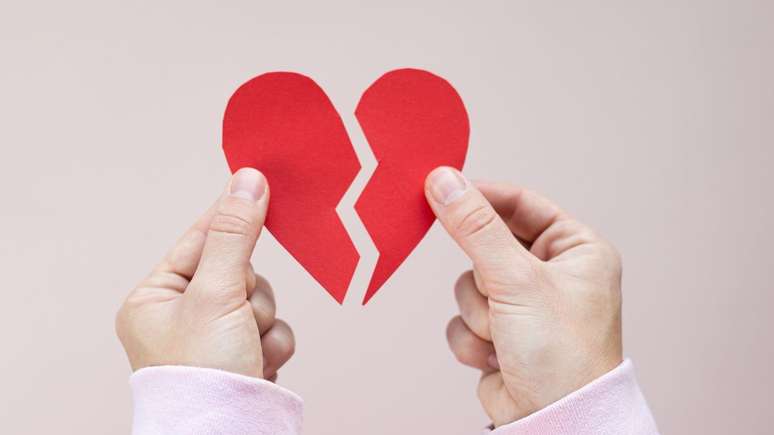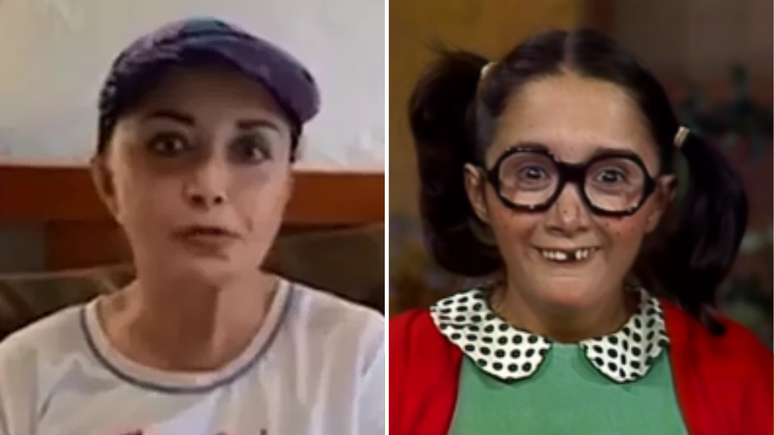The clinical study of pioneers shows that cognitive behavioral therapy and exercise can help patients with Takotsubo cardiomyopathy, known as broken heart syndrome
When we feel the expression “broken heart”, we soon think of the disappointments of love. However, there is a real medical condition with this name: broken heart syndrome or cardiomyopathy of Takotsubo. It happens when the heart undergoes temporary changes after an intense discharge of stress hormones such as adrenaline and norepinephrine. This process affects the left ventricle (pumping chamber of the main heart) and leads to symptoms very similar to those of a heart attack: thoracic pain, lack of breath, palpitations, dizziness and fatigue.
Despite the similarity, the syndrome is not linked to the obstruction of the coronary arteries. The heart is temporarily weakened, but can recover within a few weeks with an adequate follow -Up.
The study that rekindles hope
Researchers of University of AberdeenIn ScotlandHe performed the first randomized clinical study in the world to evaluate effective treatments against Takotsubo syndrome. The study accompanied 76 patients, mostly women over the age of 60, and tested three types of intervention:
- Cognitive behavioral therapy (TCC): 12 individual weekly sessions, with extra support if necessary;
- Exercise program: Swimming, Cycling, Walking and Supervision Aerobic Training for 12 weeks;
- Standard treatment: With the usual care recommended by cardiologists.
The results are surprised: both the CBT and the exercise program have significantly improved cardiac energy. TCC patients increased the distance of six minutes from 402 to 458 meters, while those of the group of exercises went from 457 to 528 meters. The maximum oxygen consumption (Maximus) also improved up to 18%, a clear sign of greater cardiorespiratory capacity.
Presented at the annual congress of the European Society of Cardiology, in MadridThe results suggest that the integration of mental health and physical activity can reduce symptoms and even the risk of death associated with the condition.
Intense emotions how to trigger
Takotsubo syndrome is more common in women after menopause, but can influence anyone exposed to situations of acute stress – such as mourning, trauma, family discussions or financial crises. Interestingly, positive emotions can also trigger the problem. This phenomenon shows that the heart reacts not only to sadness, but to any very intense emotion, from euphoria to pain.
Diagnosis and treatment
In the emergency room, the syndrome can be confused with a heart attack, since the symptoms and changes in the electrocardiogram are similar. The definitive diagnosis requires exams such as cardiac catheterization, which discard the obstructions in the arteries and the echocardiogram, which shows the characteristic model of the contraction of the ventricle.
The prognosis is generally positive: in most cases the cardiac function returns to normal in a few weeks. However, cardiological follow -up is essential to prevent complications such as arrhythmias and heart failure. In addition to medical care, healthy habits and emotional support play an important role in recovery. Party’s heart syndrome recalls that the body and mind are deeply connected and that the emotional balance is essential for heart health.
Source: Terra
Ben Stock is a lifestyle journalist and author at Gossipify. He writes about topics such as health, wellness, travel, food and home decor. He provides practical advice and inspiration to improve well-being, keeps readers up to date with latest lifestyle news and trends, known for his engaging writing style, in-depth analysis and unique perspectives.








